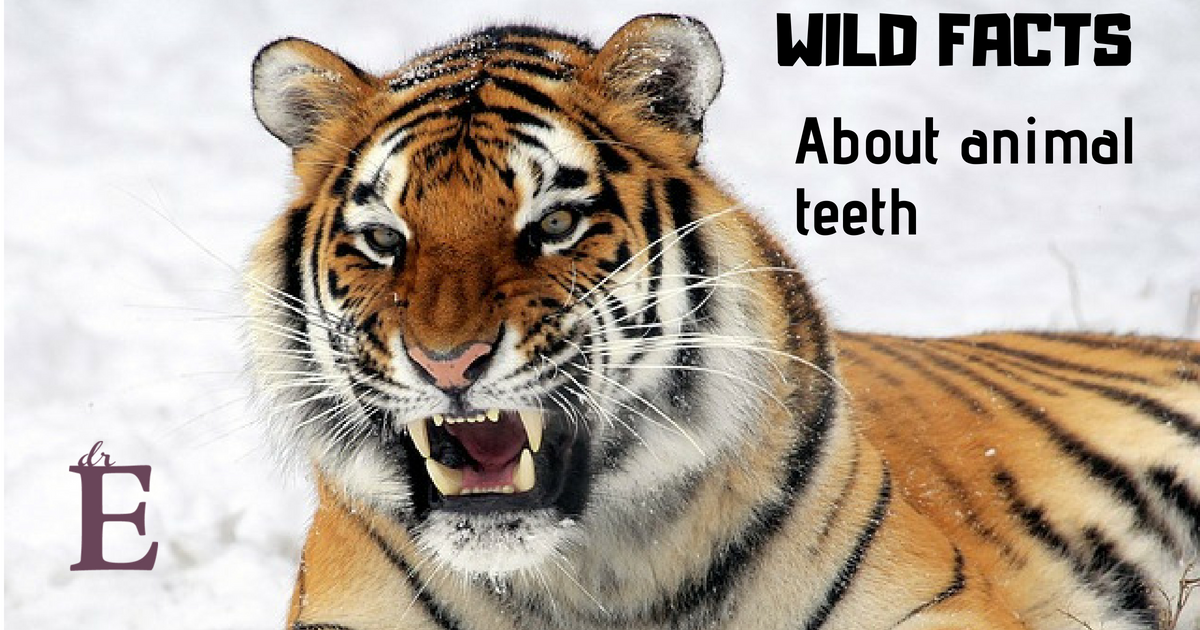
When pondering the incredible diversity of the animal kingdom, one cannot overlook the remarkable adaptations that have evolved over millions of years. Among these adaptations, the sheer size and functionality of teeth stand out as particularly striking. The question arises: which animal possesses the largest teeth? The answer to this intriguing inquiry reveals not just fascinating anatomical features, but also insights into the ecological niches these creatures inhabit. In this exploration, we will delve into the species known for their impressive dentition, illuminating the roles that these formidable teeth play in their survival and the environment.
To begin our journey, we must first examine the animal that holds the title for the largest teeth in the animal kingdom: the sperm whale (Physeter macrocephalus). Male sperm whales can possess teeth measuring up to 20.5 centimeters (approximately 8 inches) in length. Nestled within their elongated jaws, these formidable tools are not merely for show; rather, they serve essential functions in hunting. The sperm whale primarily feeds on squid, plunging deep into the ocean to capture its elusive prey. Their enormous teeth, which often go unnoticed due to the whale’s deep-set mouth and the presence of immense tusks, enable them to grip slippery targets effectively. The evolutionary significance of such large teeth also reflects the sperm whale’s adaptation to its marine environment, demonstrating the interplay between anatomical structure and function.
Continuing our examination of prominent dental adaptations, we turn our attention to the African elephant (Loxodonta africana). While not the largest in terms of length, an African elephant’s molars are remarkable in their sheer size and weight. Individual molars can weigh around 6.3 kilograms (14 pounds) and measure approximately 30 centimeters (12 inches) across. These teeth are well-adapted for the grinding and crushing of tough vegetation, which constitutes the bulk of the elephant’s diet. The molars of elephants are particularly noteworthy because they consist of a series of plates that wear down over time, with the animal continuing to replace lost teeth throughout its life. This process highlights the connection between tooth morphology and dietary preferences, underscoring the evolutionary pressures that shape the development of this magnificent species.
Moreover, we must acknowledge the formidable canine teeth of certain species, such as the walrus (Odobenus rosmarus). Instead of being the largest, walrus tusks, which are elongated canines, can grow to impressive lengths of up to 1 meter (3.3 feet). These tusks serve multiple purposes: they are used for dominance displays, aiding in hauling the hefty body onto ice, and as tools for social interactions within pods. The walrus’s impressive dentition is emblematic of its ecological role as a forager within the frigid waters of the Arctic. This illustrates how teeth can be crucial in establishing social hierarchies among individuals while simultaneously facilitating survival and adaptability in a challenging environment.
As we progress deeper into the realm of notable dentition, one cannot ignore the prehistoric behemoths. The Smilodon, often referred to as the saber-toothed tiger, sported elongated canine teeth that could extend up to 28 centimeters (about 11 inches). These massive fangs were perfectly adapted for a predatory lifestyle, enabling the Smilodon to deliver lethal bites to large prey. The unique morphology of these teeth indicates an evolutionary pathway tailored to its hunting strategies, further demonstrating the intricate relationship between dental evolution and predator-prey dynamics in ancient ecosystems.
The impressive adaptations seen in aquatic creatures lead us to explore the formidable dental structures found in many fish species. The megalodon (Carcharocles megalodon), an extinct species of shark, is renowned for its enormous teeth, which could exceed lengths of 18 centimeters (7 inches). These serrated teeth were highly efficient for slicing through flesh, reflecting the predatory efficiency that made this shark an apex predator in its time. Fossilized megalodon teeth contribute significantly to our understanding of prehistoric marine environments, showcasing how dental morphology adapts to ecological shifting and survival strategies over geological time spans.
In contemplation of other contemporary species, the hippopotamus (Hippopotamus amphibius) showcases a fascinating dichotomy of teeth. While their incisors can reach lengths of 50 centimeters (about 20 inches), they are primarily utilized for display and territorial disputes rather than for feeding. The sheer size and shape of hippo teeth reflect an evolutionary compromise, where social dynamics and ecological roles converge, enabling them to effectively thrive in their aquatic habitats.
In conclusion, the exploration of animal dentition reveals an astonishing interplay between size, function, and ecological adaptation across various species. From the gargantuan teeth of the sperm whale to the large molars of the African elephant, and the impressive canines of the walrus, each example provides a unique insight into the evolutionary forces that shape life on Earth. Teeth serve as powerful instruments of survival, echoing the natural history of the incredible organisms that possess them. The diverse forms and functions of these adaptations encourage a profound appreciation for the complexity of the natural world and the myriad ways in which life persists amidst the challenges posed by the environment.
